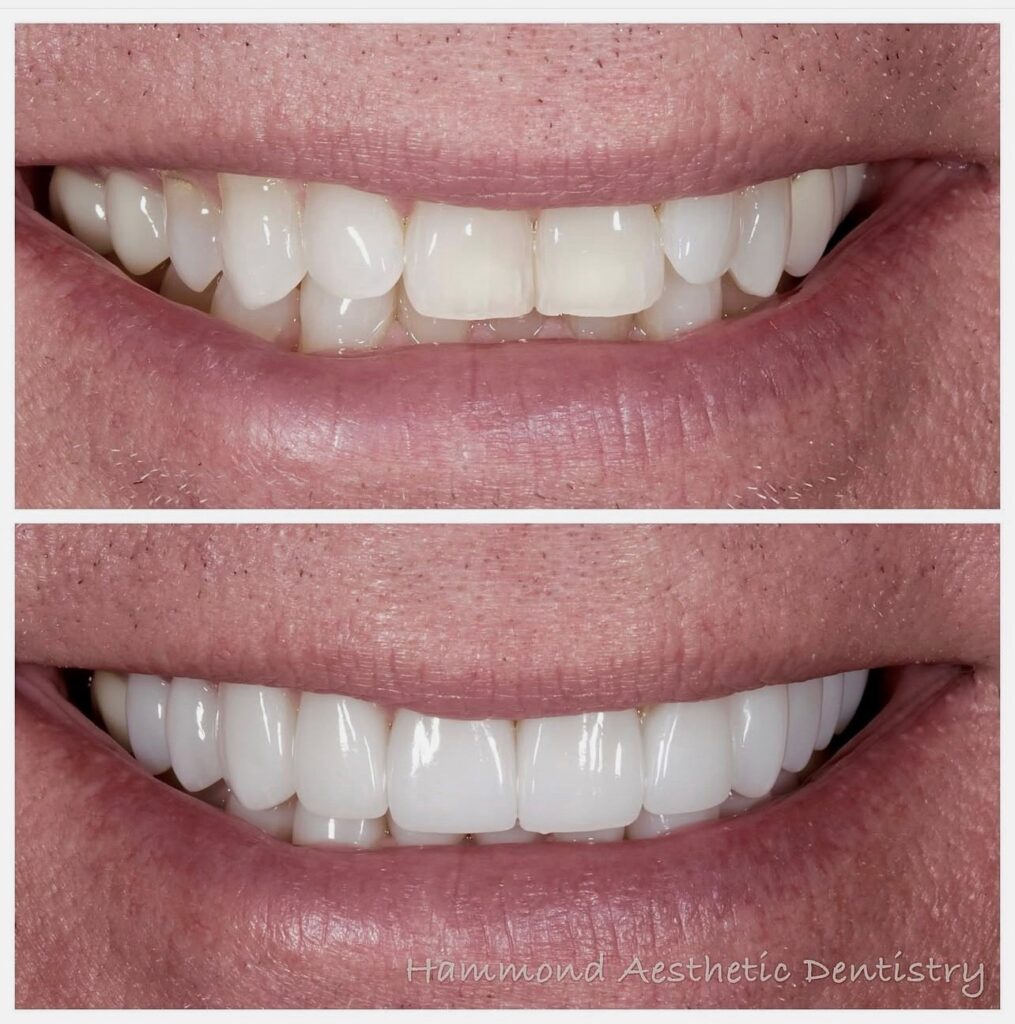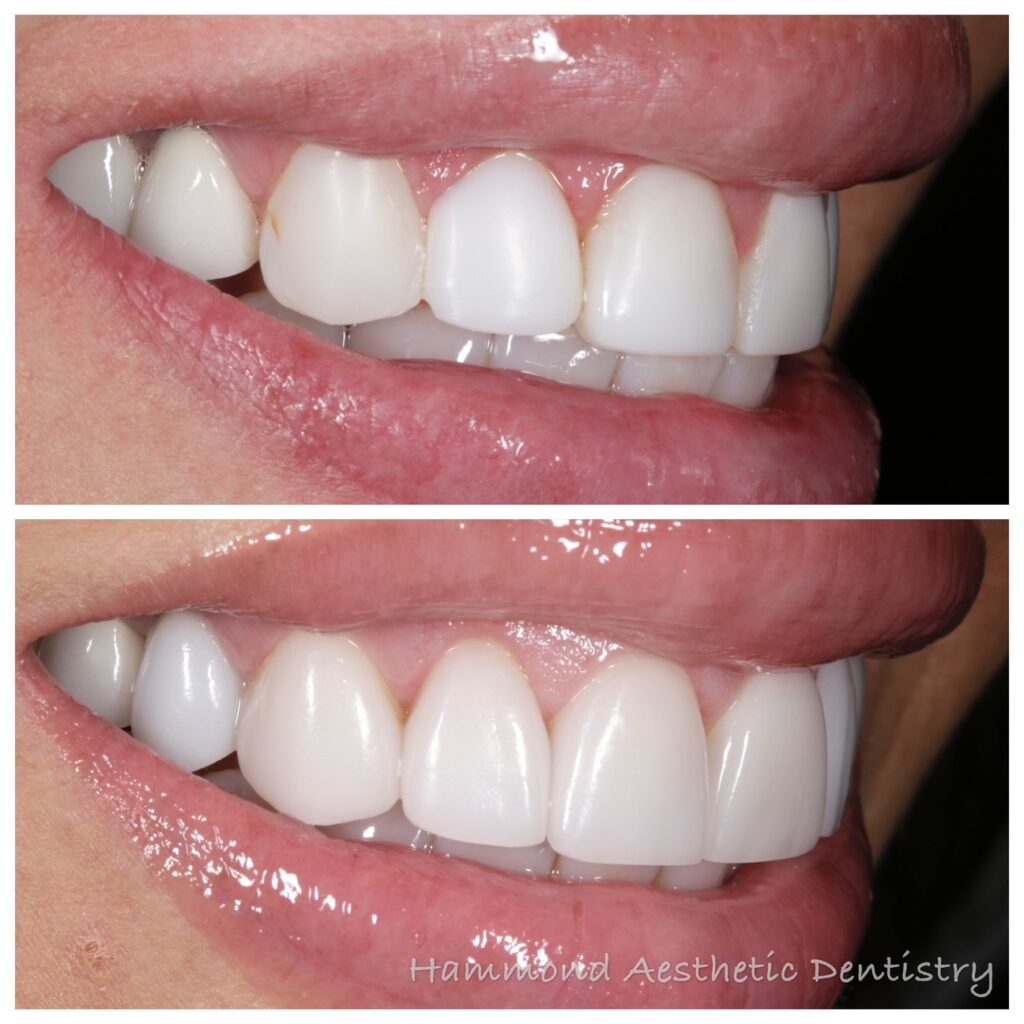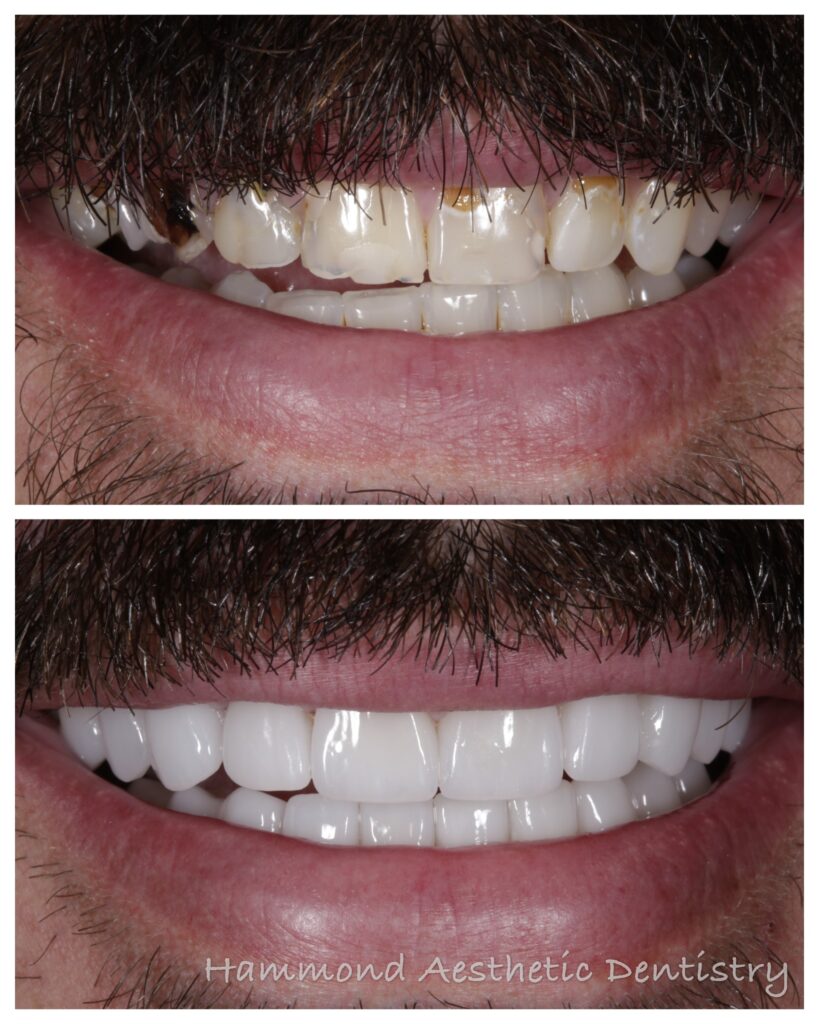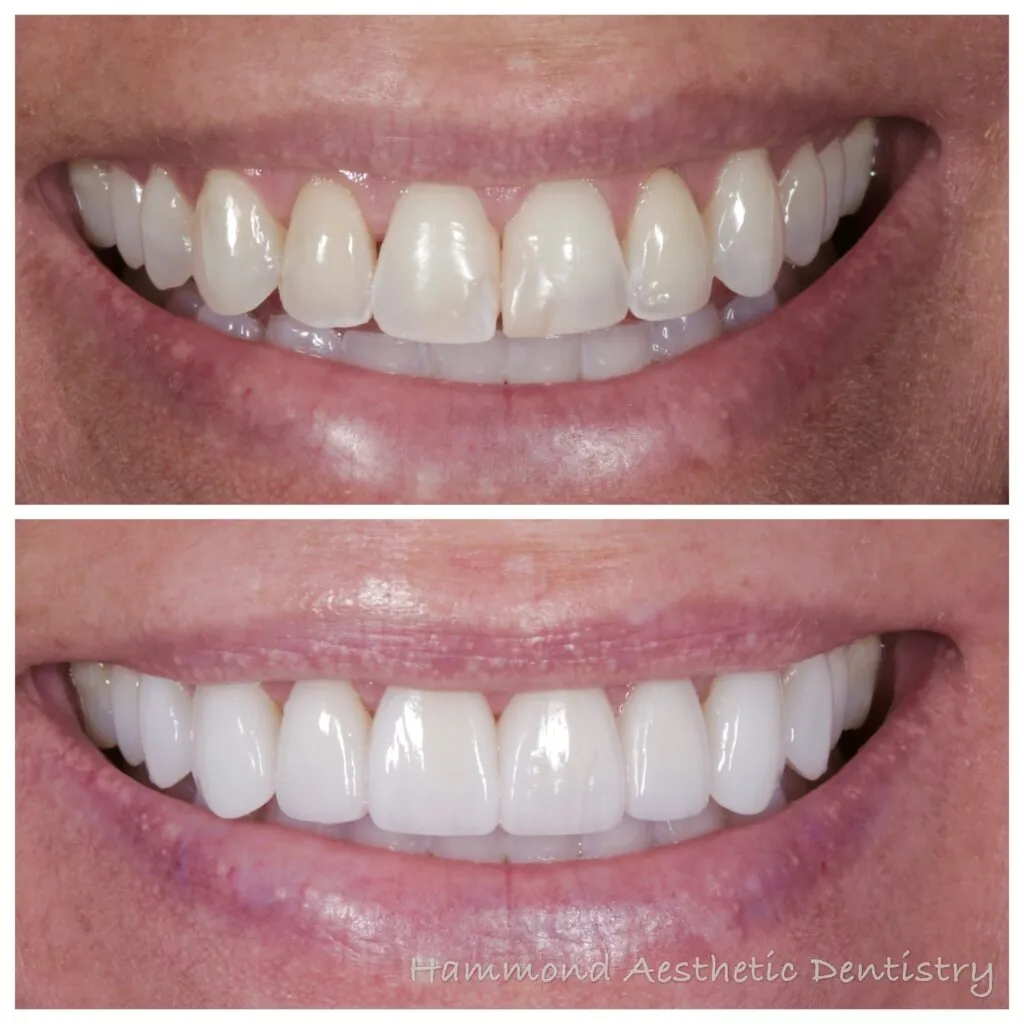Nailbiting, a nasty habit that affects up to 41 percent of children, could eventually cost $4,000 or more in dental bills, according to the Academy of General Dentistry, an organization of general dentists dedicated to continuing education. In fact, the threat of having to pay for all that dental damage may be enough to nip your nail-nibbling routine.
“Nailbiting can cause a lot of damage to the front teeth because they’re not meant to be in a constant chewing mode,” says Paula Jones, DDS, spokesperson for the Academy of General Dentistry. “And unfortunately, I see nailbiters of all ages in my practice everyday.”
Nailbiting can cause a variety of costly dental problems:
- The edges of the front teeth can chip or get worn down, or the enamel of the front teeth can crack. The enamel wasn’t created to withstand the pressures of nailbiting, and the constant chewing can cause fracture lines. If the damage becomes too severe, a dentist will need to place composite restorations to rebuild the enamel or perhaps even crowns on the front teeth.
- Nailbiters with braces are at a particular risk for developing root resorption–or shortening of their roots. As the teeth are already withstanding the pressure of being moved by the braces, the added force of constant nail-gnawing could cause the roots of the teeth to shorten. The process takes a long time, but if the root gets too short, the tooth can eventually fall out of the socket. This would require implants or bridges to repair the damage.
- Traumatic ulcerations to the gums can result. As the biter chews, a sharp point of the nail can get imbedded in the gum tissue, which is very destructive. In fact, some dentists believe this may even signify a cry for attention or help because at this point, the habit could be considered a form of self-mutilation.
- Infections and fungus can spread from other body parts to the mouth and vice versa. Bacteria in the mouth can infect the nail bed or even the entire finger. In the worst case, the bacteria can even find its way into the blood stream. Children can scratch a body part infected with pinworms, then bring the fingers and the pinworm bacteria to their mouth, resulting in more infection.





